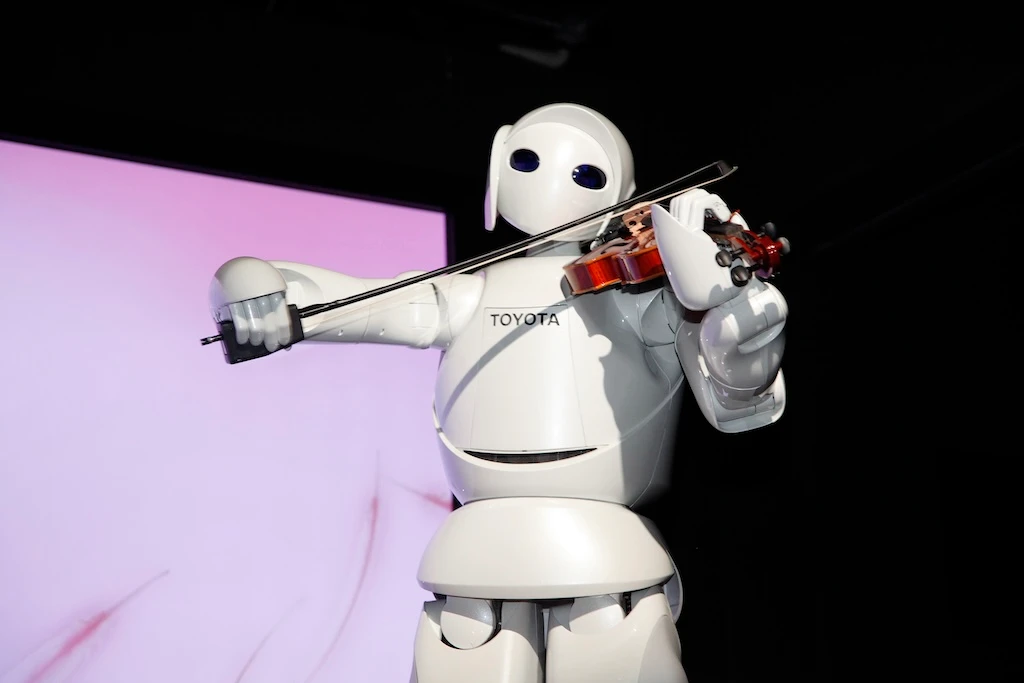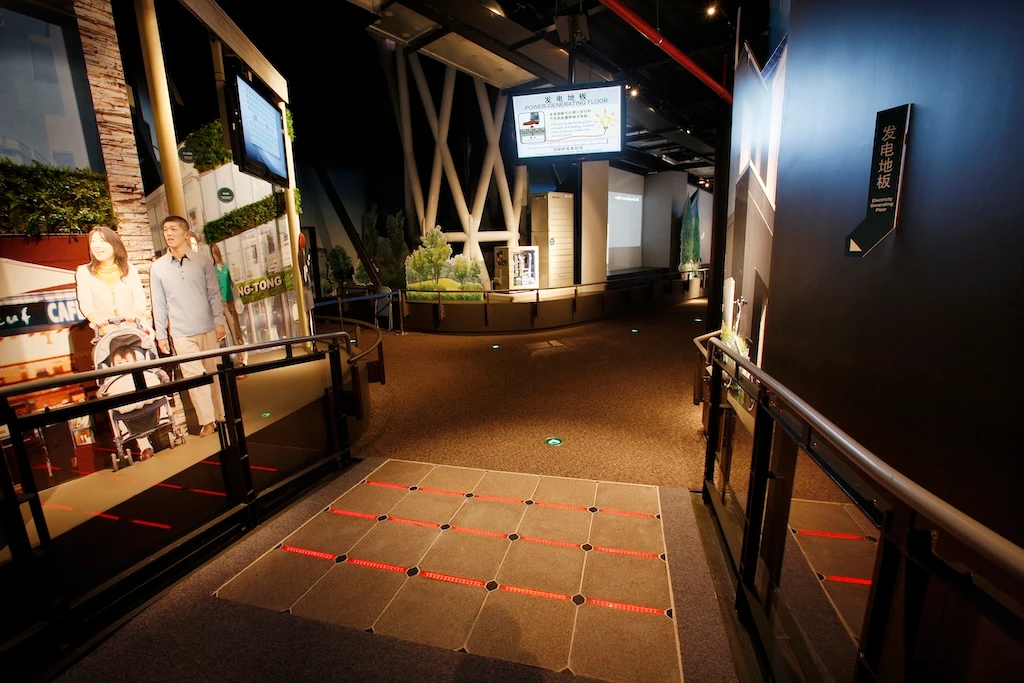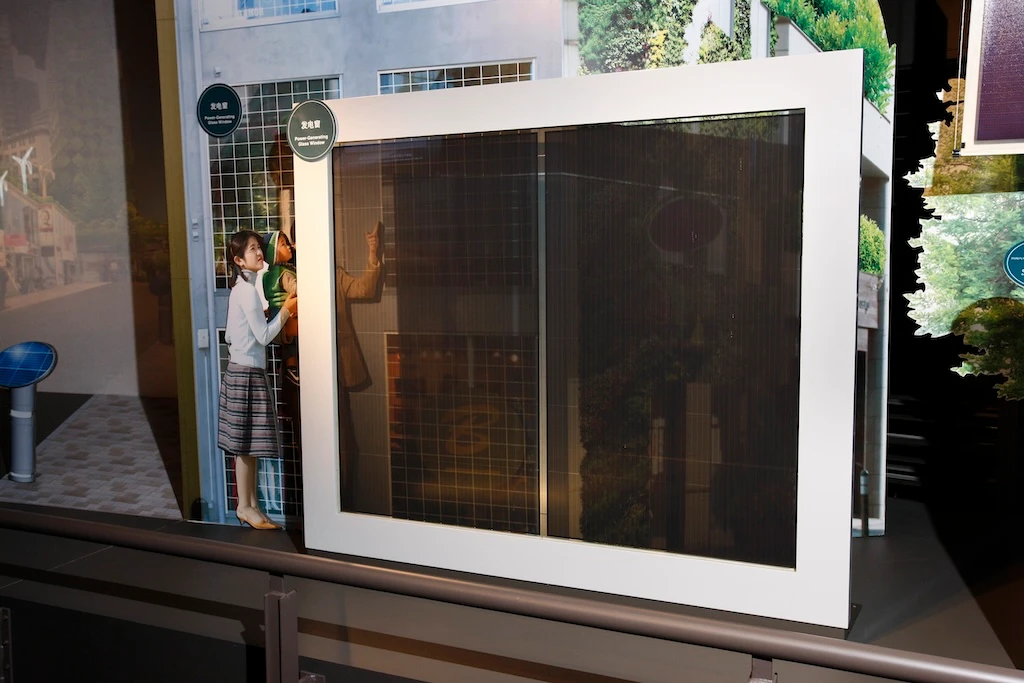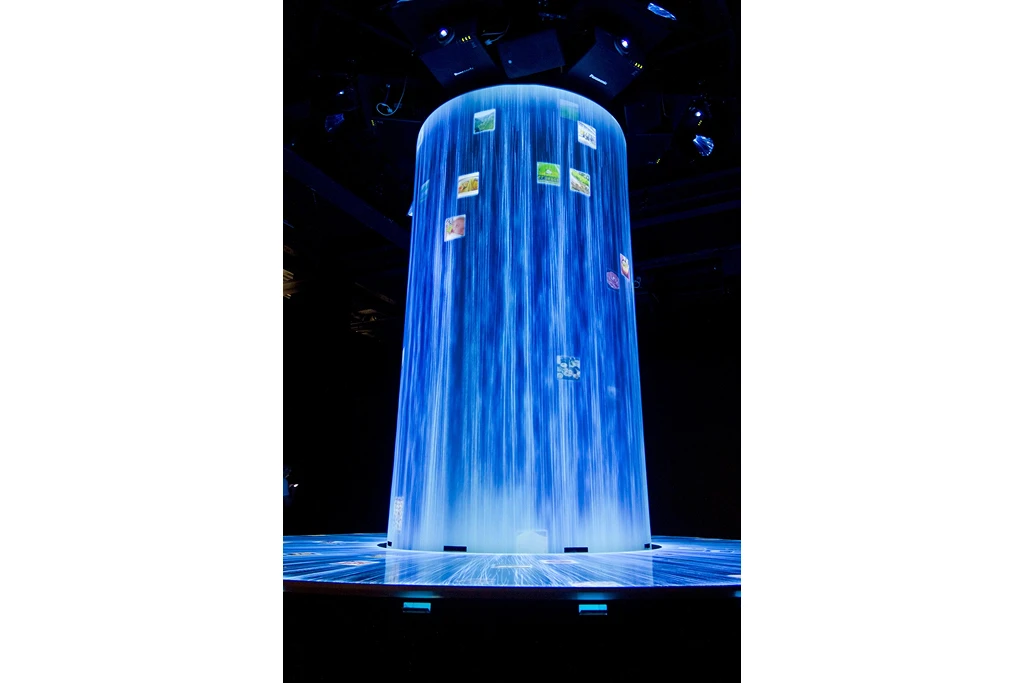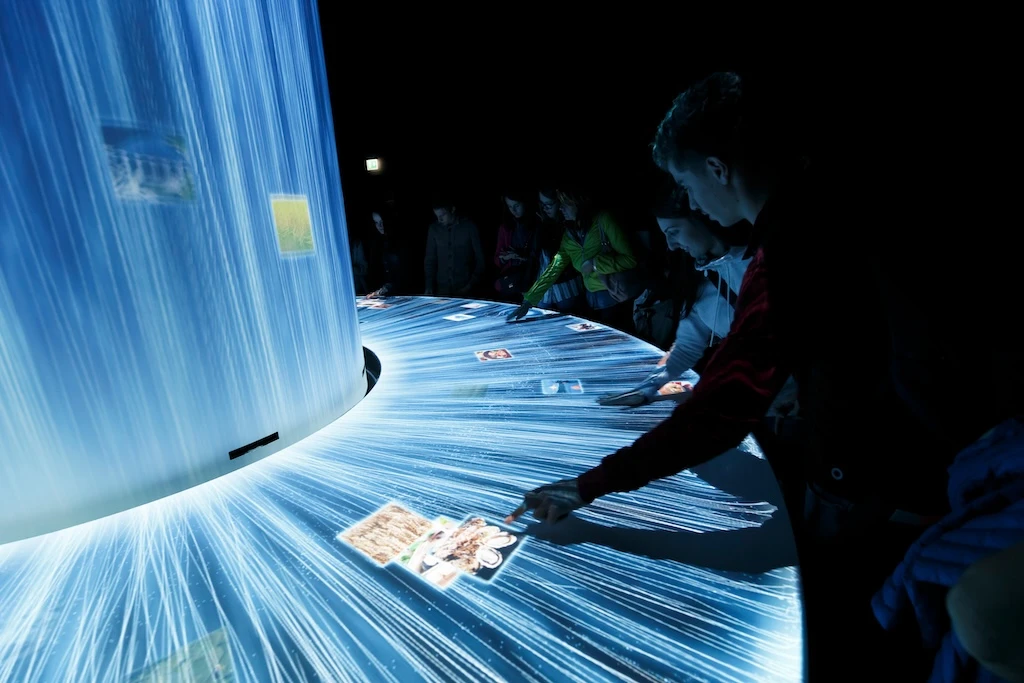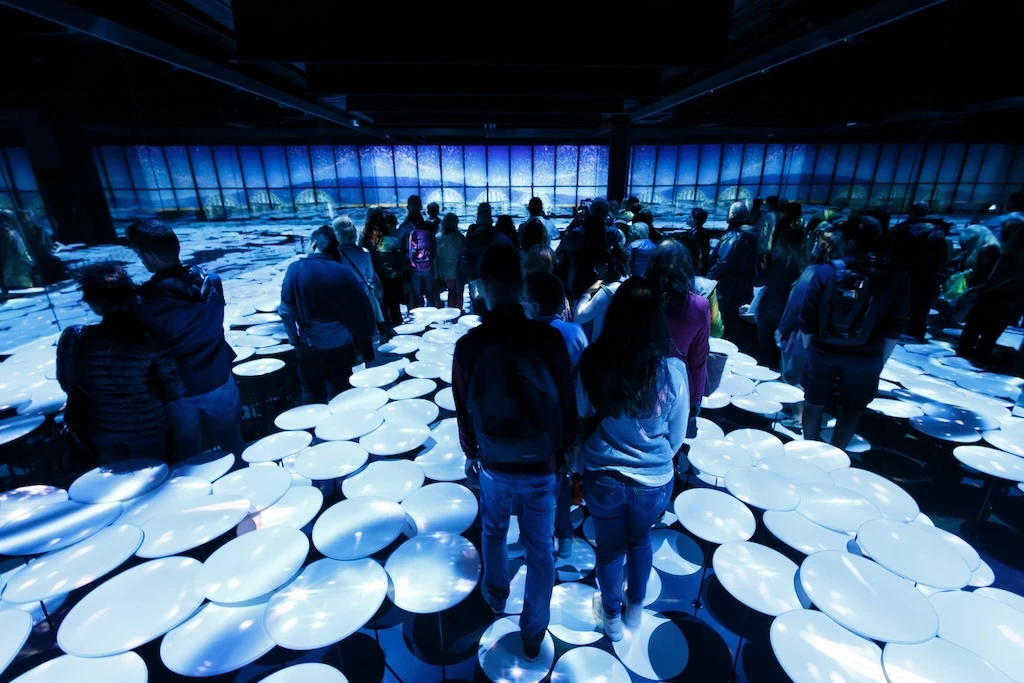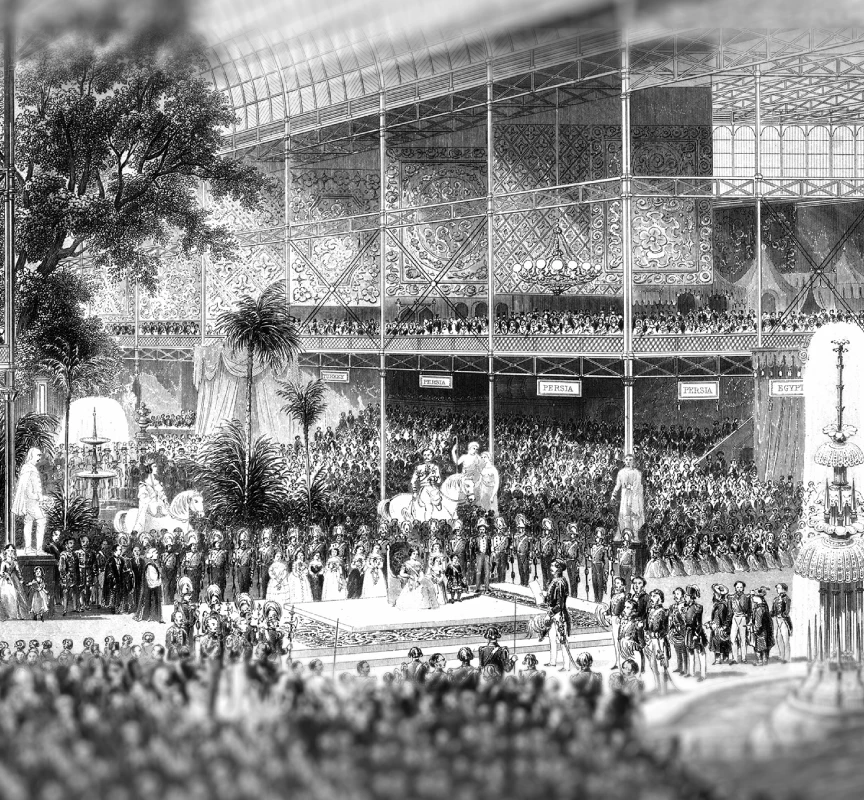History
History of the Japan Pavilion: Part 2 "Connecting With the World, Sharing With Humankind" Japan's Positive Message Across the Globe
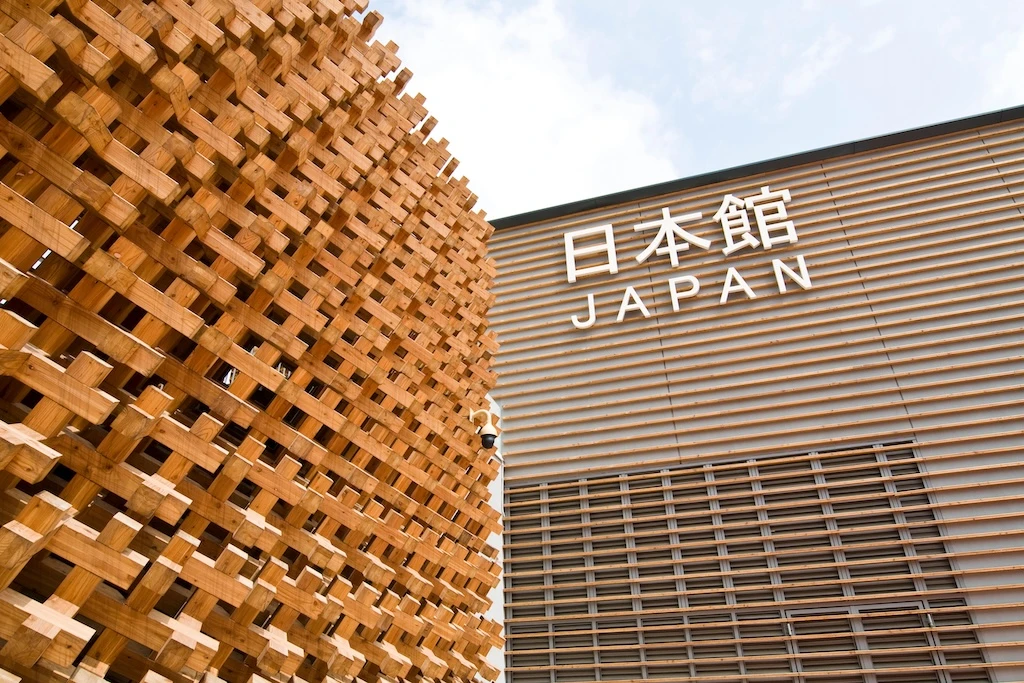
In History of the Japan Pavilion: Part 1 we looked back on the Japan Pavilion from Expo 1970 Osaka and Expo 2005 Aichi, both held in Japan. In Part 2, we focus on overseas Expos held in the 21st century. Examining how the Japan Pavilion has evolved in the lead up to Expo 2025 Osaka, Kansai, Japan, let's look at the cutting-edge technologies used at the Japan Pavilion through the years, including several innovative implementations that entertained and enthralled visitors.
Japan’s Warm Hospitality Attracts Many Visitors at Global World Expos
After the 2005 Aichi Expo, Japan continued to exhibit at World Expos overseas. Japan's energy-saving technologies, dynamic culinary culture and spirit of hospitality were well received, making the Japan Pavilion a popular attraction everywhere.
Expo 2010 Shanghai
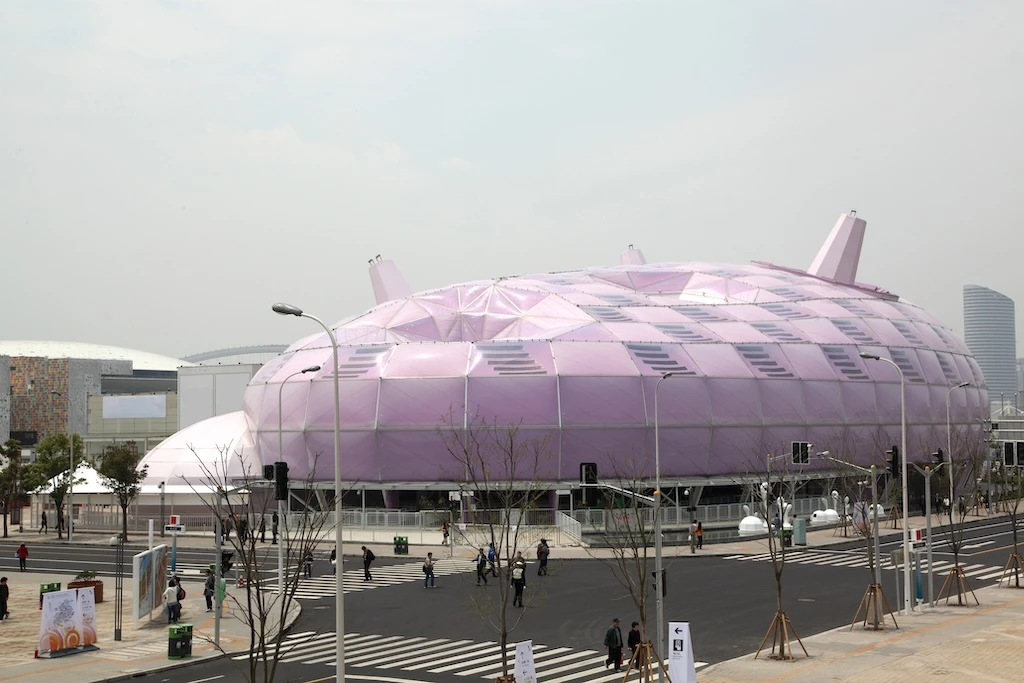
Name: Expo 2010 Shanghai
Theme: Better City – Better Life
Venue: Shanghai, People's Republic of China
Dates: May 1 – October 31, 2010
Venue area: 328 hectares
Participants: 190 countries, 56 international organizations
Number of visitors: 73,084,400 (largest number in history)
The theme of Expo 2010 Shanghai – the first to be held in China – was "Better City – Better Life." At this Expo, more countries and international organizations participated than ever before, and the Expo site was also the largest to date. Truly breathtaking, however, was the sheer number of visitors, which topped 73.08 million – significantly more than the 64 million visitors at Expo 1970 Osaka. Records show that the number of visitors per day several times exceeded one million!
Among many global pavilions, the Japan Pavilion – a giant oval covered in purple vinyl membrane with three horn-like protrusions – had a mysterious aura. The name Purple Silkworm Island (kaiko-jima in Japanese) was chosen through a public survey in China. The pavilion's structure allowed light, water and wind to enter from six locations, including the corners, letting the building "breathe" like a living organism and reducing energy consumption. Following Expo2005 Aichi, many of the sustainable, energy-saving technologies that Japan is so proud of were incorporated into the building.
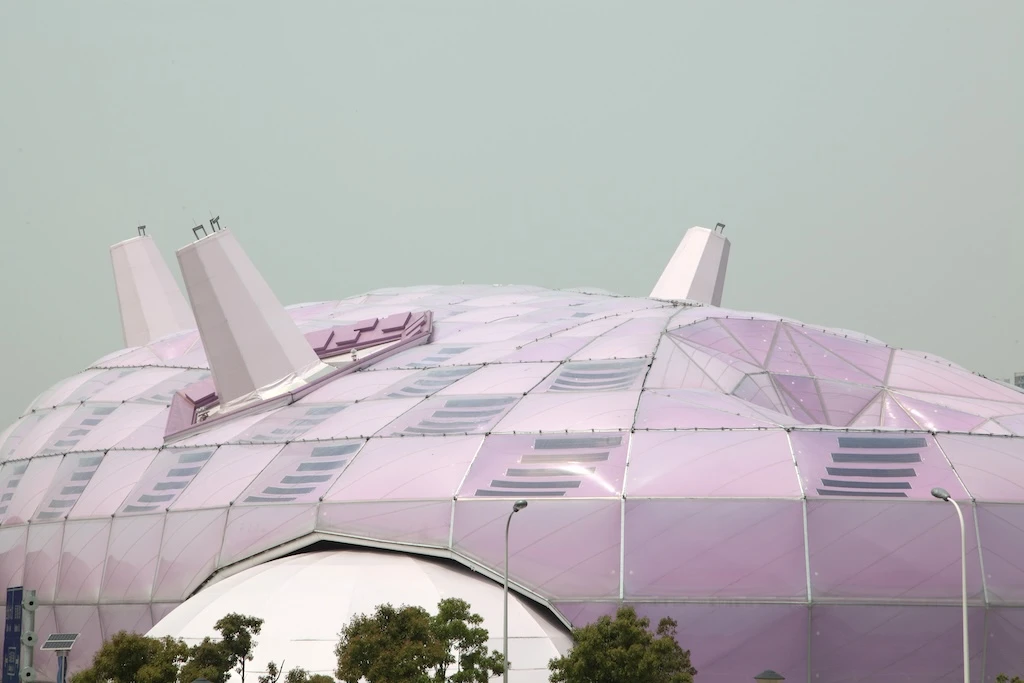
Under the theme of "Harmony of the Hearts, Harmony of the Skills," the pavilion emphasized the importance of harmony between technology and people to solve environmental problems. Many cutting-edge Japanese technologies caught visitors' imaginations, giving them a first-hand glimpse of the near future. The demonstration of a "partner robot" attracted particular attention for its potential to assist in aging societies by supporting nursing, medical care and housework. At the Expo, the robot walked on two legs and used a bow to play a violin to the wonder of the crowds. Adults and children alike felt a sense of familiarity with the robot as it played well-known Chinese songs and bade people goodbye with a wave of its hand.
Showcasing a range of world-first technologies, one exhibit featured a "Living Wall," a futuristic TV integrated into a living room and used to create different living space setups through gestures; another featured a "power-generating floor" that generated electricity when people stepped on it; yet another featured a "power-generating window" with a transparent, ultra-thin solar cell attached to the window glass; and another featured a "Wonder Camera" that automatically detected smiles before snapping photos. A story centered on the Japanese crested ibis, a bird that was brought back from near-extinction through a collaboration between Japanese and Chinese researchers, was also on display. The Japan Pavilion was one of the most popular attractions at the Expo with more than 5.41 million visitors, including those who attended the adjacent event hall.
Expo 2015 Milan

Name: Expo 2015 Milan
Theme: "Feeding the Planet, Energy for Life"
Venue: Suburb of Milan, Republic of Italy
Dates: May 1 – October 31, 2015
Venue area: 110 hectares
Participants: More than 140 countries, 69 international organizations
Number of visitors: approx. 21.5 million
Expo 2015 Milan turned its focus to "food sustainability" and became the world's first food-themed Expo. The theme of the Japan Pavilion here was "Harmonious Diversity." The pavilion presented insights into future society through the craftsmanship and knowledge embedded in Japan's agriculture, forestry and fishing industries. It also detailed initiatives founded in food and culinary culture, including Japanese cuisine (washoku) registered as UNESCO Intangible Cultural Heritage in December 2013.
The Japan Pavilion combined traditional wooden architecture, such as the technique of interlocking wooden joints seen in Horyu-ji Temple, with modern technology to create a three-dimensional wooden lattice. The walls of the lattice, assembled with very few nails, were 12 m high and 130 m wide at their widest, creating an impressive facade that fascinated onlooking visitors. Along the exterior, a display of straw barrels (komo daru) used in sake barrel lid-breaking ceremonies (kagami biraki) decorated with the colors and flowers of Japan's 47 prefectures made for a popular photo spot.
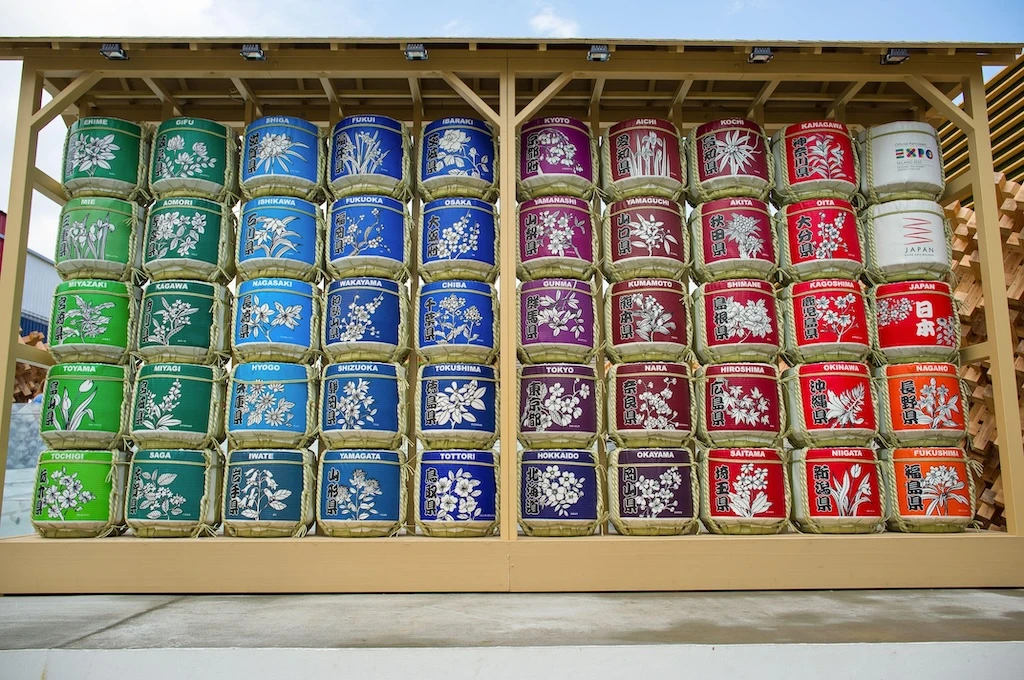
The Japan Pavilion also offered a "culinary travel experience" conveying Japan's quintessential values of gratitude toward nature, craftsmanship and knowledge from our ancestors, respect for the four seasons, and manners and etiquette regarding hospitality. In one zone, modern projection mapping technology was used to show landscapes of rice paddies, fields, mountains and the sea, all crucial origin points for food, with changing scenery as visitors moved throughout. Another zone showcased the diversity of Japanese culinary culture through a mechanism that allowed visitors to learn more about a variety of Japanese dishes cascading down a giant video waterfall with their smartphones. This combination of digital and artistic expression became a hot topic of discussion.
At Expo 2015 Milan, the Japan Pavilion was praised for its "Harmony of Nature and Technology," securing Gold Prize in the Exhibition Design category of the Pavilion Prize organized by the Bureau International des Expositions. This was the first time in the history of registered expositions that a Japanese pavilion received this prize.
───
●Column: Japan's Culinary Appeal
Key to the popularity of the Japan Pavilion: Restaurants!
The Japan Pavilion's restaurants have consistently been among the most compelling attractions at World Expos. Japanese cuisine captivates visitors not just through its exquisite flavors, but through an artful presentation that engages all the senses. Throughout Expo history, these Japanese dining venues have earned widespread acclaim from international visitors.

At Expo 2015 Milan, a food court featuring Japanese beef, rice, soba (buckwheat noodles) and other Japanese food products attracted countless visitors. Tempura and rice bowl (donburi) restaurants were also popular and packed with diners daily.

Minokichi, an establishment serving authentic Kyoto kaiseki cuisine, participated in Expo 2015 Milan. The restaurant showcased the appeal of Japanese cuisine through its refined techniques, sublime ambiance and sincere hospitality.
Sushiro, a popular sushi restaurant in Japan, was a part of Expo 2020 Dubai. Their menu was created with only halal ingredients while reproducing the familiar flavors of their restaurants in Japan. Popular menu items included salmon, eel, tuna, sushi rolls, ramen and green tea (matcha) ice cream.
───
Expo 2020 Dubai
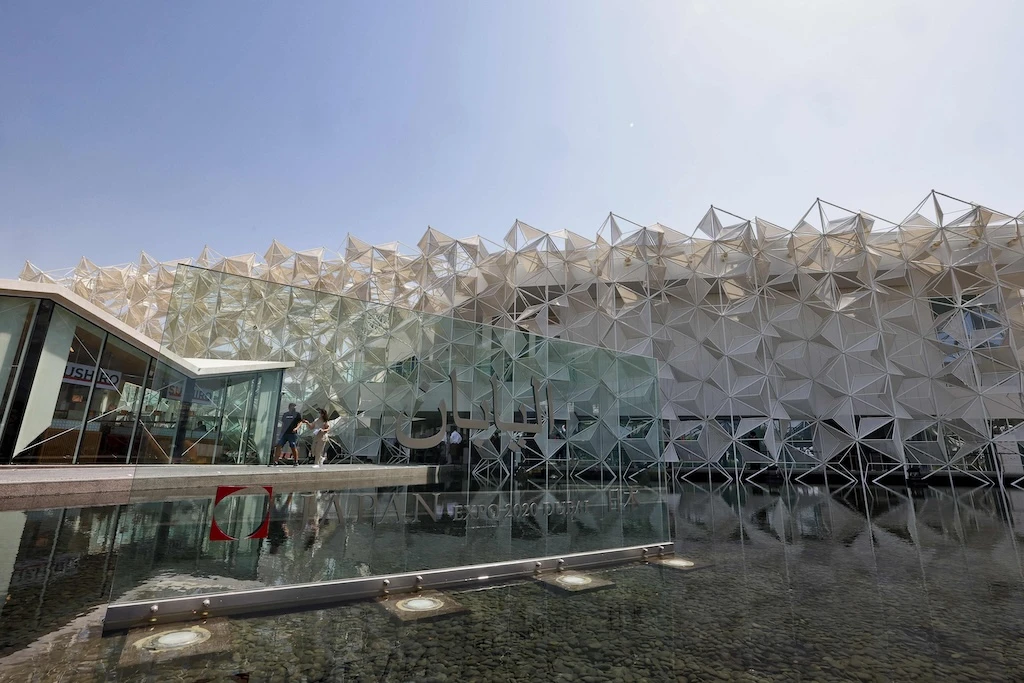
Name: Expo 2020 Dubai
Theme: "Connecting Minds, Creating the Future"
Venue: Dubai, United Arab Emirates (UAE)
Dates: October 1, 2021 – March 31, 2022
Venue area: 483 ha
Participants: 192 countries, 14 international organizations, 22 partner companies
Number of visitors: approx. 24.1 million
Expo 2020 Dubai was originally scheduled to commence in 2020, but due to the COVID-19 pandemic, the opening was delayed by about a year. As a new format for the Expo, a Virtual Expo was held at the same time, allowing visitors to experience the Expo online. The Virtual Expo offered tours of pavilion exhibits and live streaming of events from anywhere in the world. Over 200 million virtual visits were recorded globally during the exhibition period.
The Expo 2020 Dubai Japan Pavilion theme was "Where Ideas Meet." The facade of the building was designed with a three-dimensional combination of Middle Eastern arabesque motifs and Japanese hemp leaf patterns, symbolizing connections and encounters with Japan, which Dubai intersected with along the Silk Road. An origami-inspired sunshade enveloped the building, and the shadows it cast changed shape throughout the day, creating a mesmerizing scene for visitors.
The Japan Pavilion used the latest technology to present diverse Japanese content in fascinating ways. The exhibition was a participatory experience where visitors were immersed in a series of stories about how new ideas are born through chance encounters. As a result of such encounters, exchange occurs and the future is often changed for the better.

Each visitor was given a special smartphone upon entry that enabled them to view unique content. Sensors placed throughout the pavilion were linked to the smartphones to determine their location and interactively influence visitors' experiences. The pavilion was composed of five scenes, with Scenes 1 and 2 depicting original Japanese landscapes and culture. In Scene 2, an ultra-fine mist filled the exhibition space, causing images projected to float in the air, creating a magical space that was a major talking point for visitors. Scene 3 showcased products inspired by Japanese nature and culture in miniature, while Scene 4 unraveled issues affecting our global society. Finally, Scene 5 projected a climactic scene that changed depending on the visitor's experience thus far in the pavilion. Here, visitors could share their discoveries and impressions with others present in real time.

Movie by AFLO
Conclusion
Including the Expos introduced in History of the Japan Pavilion: Part 1 and Part 2, Japan has participated in a total of 30 Expos in Japan and overseas. The country has showcased its global presence by bringing together the best of culture and technology, connecting and communicating with the world in different ways across many eras. The theme of the Japan Pavilion at Expo 2025 Osaka, Kansai, Japan is "Between Lives," As visitors tour the pavilion, they will experience "circulation" at the core of Japanese culture, and realize how we all play our role within the greater cycle of life. Environmental technologies, for which Japan is leading the way in finding practical applications, and characters loved by people around the world will also be featured at the Japan Pavilion at Expo 2025 Osaka, Kansai, Japan! We hope you’ll visit to enjoy new discoveries in 2025 while reflecting on Japan's history at Expo '70, Expo 2025 Aichi and beyond.
Interview supported by Japan External Trade Organization (JETRO)
Text: Yukiko Oki
Let’s Share!
Do you want to be a part of “JUNKAN”?
Share your Japan Pavilion,
and ’circulate’ your thoughts.
